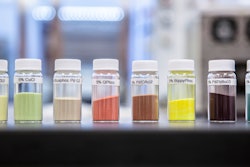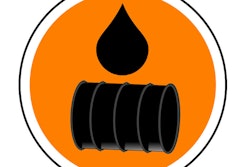Chinese researchers have developed new particles for oil-water separation in order to combat oil pollution.
Oil pollution has become a global challenge, and many efforts have been made in recent years to achieve the effective separation of floating oils, dispersed oils, and surfactant-stabilized oil droplets. However, the separation of micro-sized surfactant-free oil droplets from water has often been overlooked.
Micro-scaled oil droplets with diameters less than 20 μm are very stable in water. Many challenges remain when using traditional methods and superwettable materials to separate these micro-scaled oil droplets from water.
Recently, researchers from the Technical Institute of Physics and Chemistry of the Chinese Academy of Sciences (TIPCCAS) have developed new magnetic Janus particles for oil-water separation. These particles—hydrophilic/oleophilic magnetic Janus particles—can separate micro-scaled oil droplets from water rapidly and efficiently.
The researchers developed an emulsion interfacial polymerization approach to synthesize anisotropic Janus particles with controllable topological and chemical anisotropy.
When adding the hydrophilic/oleophilic magnetic Janus particles to the oil-in-water emulsion and subsequently shaking for one minute, the originally stable emulsion rapidly formed layers.
After manipulation with a magnetic field, the upper oil phase could be rapidly attracted toward the magnet. The whole process was accomplished in two minutes. The separation achieved a high efficiency (>99%) and is applicable to various oils and various oil contents.
Researchers also found that the oleophilic surface of Janus particles was beneficial for capturing a large number of tiny oil droplets to make them coalesce. Finally, like surfactant molecules, these Janus particles could adsorb at the interface of large oil droplets to stabilize them.
These particles provide a good candidate for application in the clean-up of industrial wastewater and water purification.
(Source: Chinese Academy of Sciences)






















